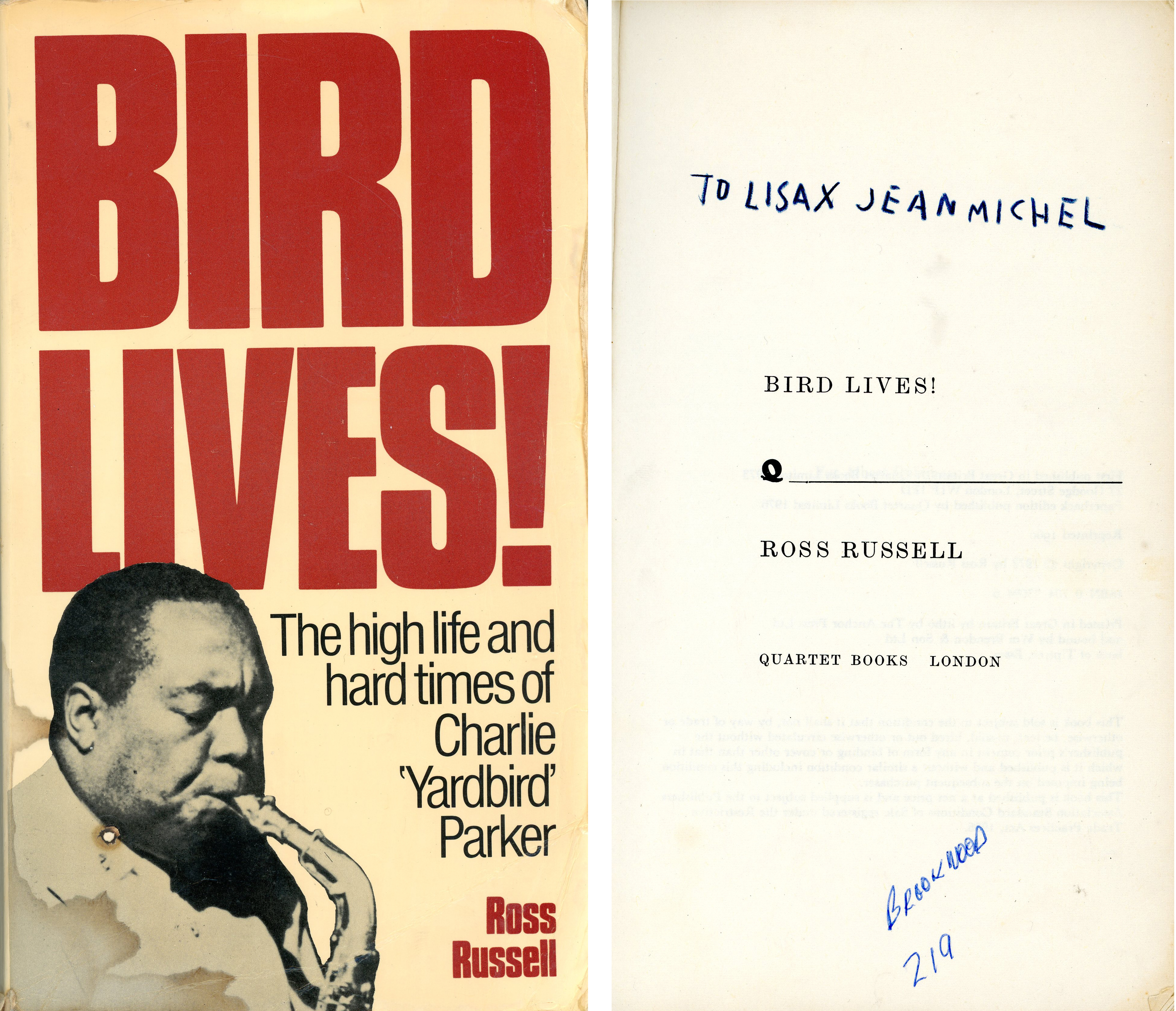
Helen Mayer Harrison & Newton Harrison, Changing the Conversation: Environmental Projects Proposed and in Progress, Card, Ronald Feldman Fine Arts, 1991
Size: 6 x 4.25 inches
$100
The announcement of the recent death of Newton Harrison—his partner and collaborator Helen Mayer Harrison died in 2018—is a reminder that in the late 1960s artists began turning towards nature and the environment for inspiration and purpose. As each one of these artists had a unique approach to nature, a variety of terms—Earthworks, Land Art, and Ecological Art—were used to describe this new, multi-faceted development in art.
Today, as the threat of climate change looms large, the Harrisons seem to have been prescient, and among the first to create a politicized eco-art that not only identified, but also offered possible solutions for environmental decay. Most Land Art, however, is rooted more simply in an appreciation of the grandeur of nature, and a desire to convey the diversity and fragility of its beauty.
The gallery cards and catalogues featured in this week’s newsletter offer a sampling of the various forms of environmental art that prevailed towards the end of the last century. You can see more in the Gallery 98 section Land Art/Ecological Art.
Helen Mayer Harrison & Newton Harrison


Helen Mayer & Newton Harrison, A Tale of Three Cities, Ronald Feldman Fine Arts, Card, 1982
Size: 4.25 x 6 inches
$100
The Harrisons’ roots in conceptual art can be seen in wall works that combine photos, maps and words to educate viewers about fragile ecological systems. In the 1980s their works even proposed solutions for specific ecological problems faced by cities, rivers and other sites.
Richard Long

Richard Long, Wayside Stones, Folded Card, Anthony d’Offay Gallery (London), 1993
Size: 7.75 x 5.25 inches

Richard Long conveyed the beauty and grandeur of nature by taking photographs during long walks through remote, barren landscapes. Along the way, he sometimes created new arrangements of rocks, and also collected rocks for gallery display.
Walter De Maria

Walter De Maria, The New York Earth Room, Dia Art Foundation, Card, 1980
Size: 5 x 7 inches
Walter De Maria’s Lightning Field (1977), set in a vast stretch of desert, revealed both the scale and the power of nature. With Earthroom he dramatically brought Land Art indoors by moving 250 cubic yards of earth into a Soho gallery as a permanent installation.
Robert Smithson

Robert Smithson, A Retrospective View, 111-Page Catalogue, The Herbert F. Johnson Museum of Art and the 40th Venice Biennale, 1982
Size: 8.5 x 11 inches
$60
As an artist and writer, Robert Smithson explored many Land Art possibilities before his death in an airplane crash at age thirty-five. He is best known for Spiral Jetty (1970), a large outdoor installation using natural materials in a lake that also incorporates changes over time.
Christo & Jeanne-Claude

Christo & Jeanne-Claude, Surrounded Islands, SIGNED Poster, Biscayne Bay, 1983
Size: 25 x 33 inches
Sold
Not every example of Land Art has been environmentally sound. Christo’s Wrapped Coast (1968–69) was criticized for its negative impact on the wildlife along the shoreline. To get permission to create works like Surrounded Islands, Christo and his partner Jean-Claude had to learn to become more conscious of the environmental impact of their temporary installations.
Alan Sonfist

Alan Sonfist, Boston Museum of Fine Arts, Signed Exhibition Catalogue, 1977
Size: 8.25 x 11 inches
$150
Alan Sonfist’s art concerns reclamation. His series of Timescapes, like the one on LaGuardia Place near Houston Street in New York, strive to recreate ancient landscapes by reintroducing native trees and vegetation.
Patricia Johanson

Patricia Johanson, “Art and Survival,” Gallerie Women Artists’ Monographs, Booklet, 1992
Size: 5.5 x 8.25 inches
Sold
Patricia Johanson is both artist and landscape architect. In her outdoor works, art and nature are designed to complement one another by raising consciousness of both the materials themselves and how they change and interact over time.
For more related items visit Gallery 98’s section Land Art/Ecological Art.




















